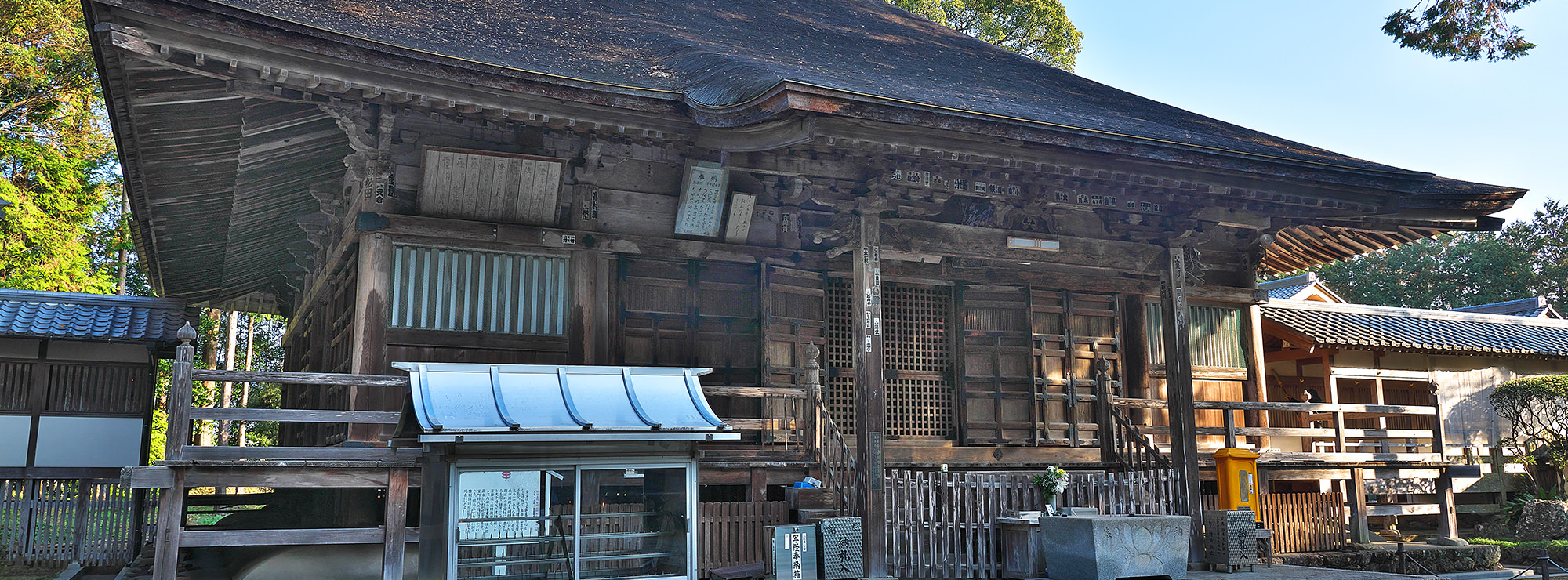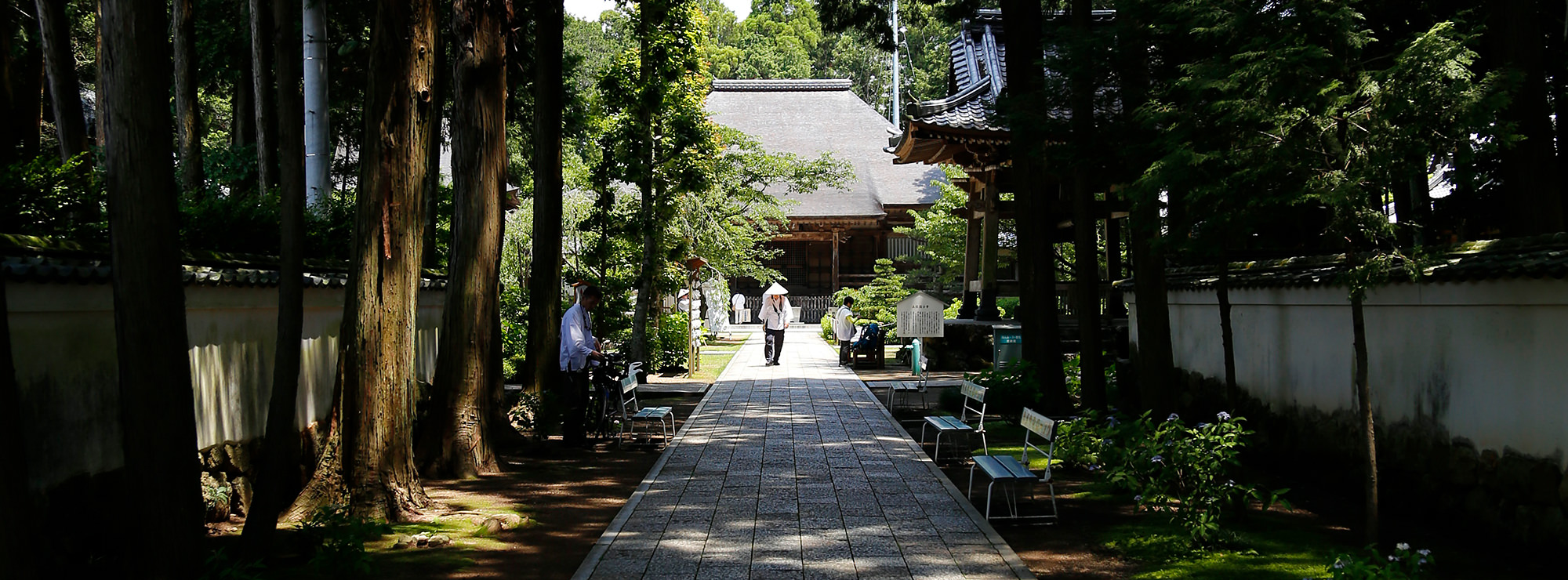- Home
- Kokubunji Temple Treasures
Kokubunji Temple Treasures
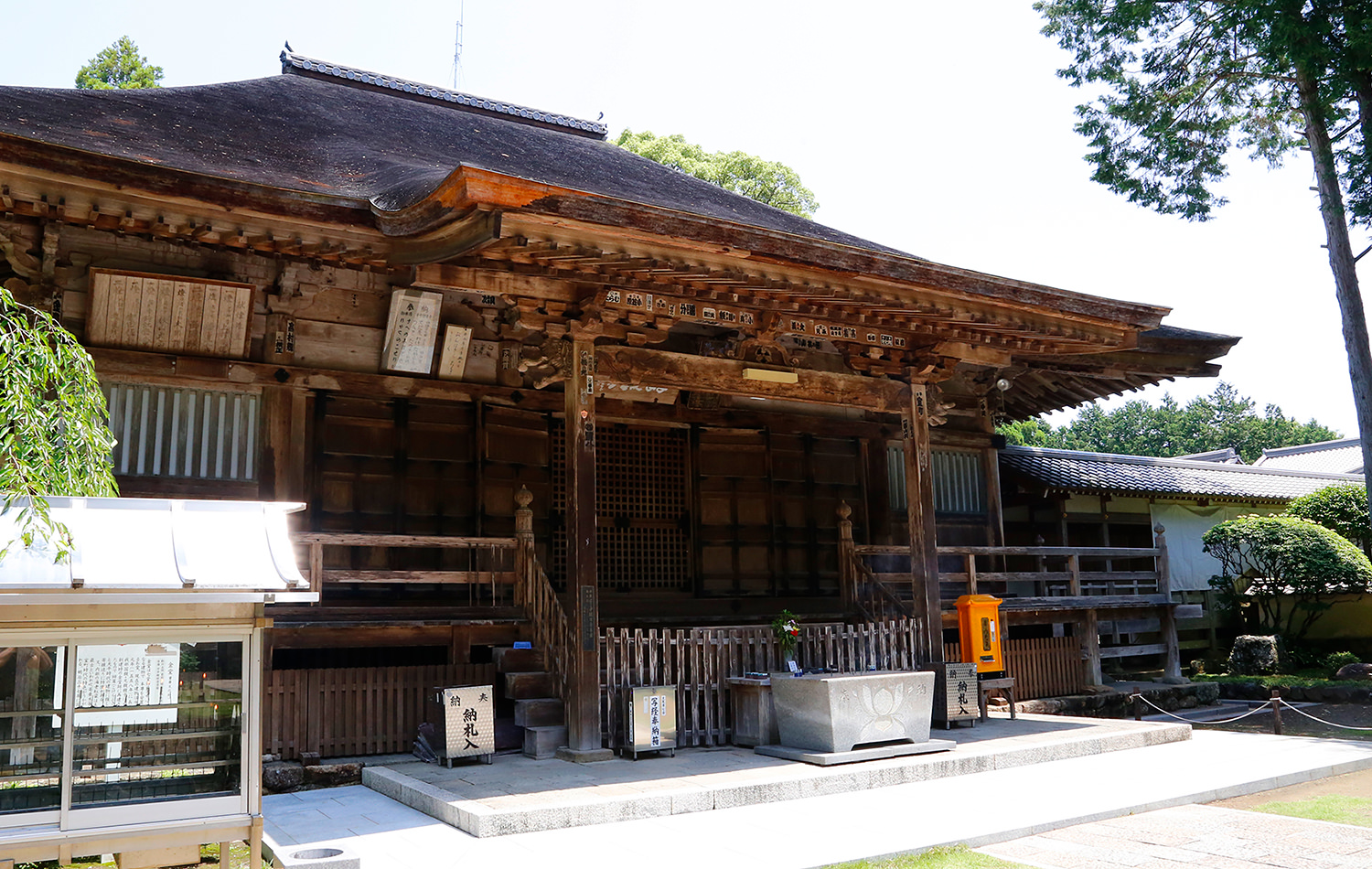
-
Kondo
This is the main building of the Kokubunji Temple that worships Honzonsenjukanzenon statue. The head of the Sogabe family, Motochika, replaced the roof in 1558 with a characteristic bark roof that features the Yosemune style of Tenpyo culture. The interior roof beams are said to be the oldest existing within the Tosa area. Elements of the Muromachi era can be seen in the rafter designs. The building was declared a national specially protected building in 1962. This building was completely dismantled and repaired from 1937 to 1938. The roof was replaced in 1966 and 1994, resulting in a simple yet traditional and serene appearance.
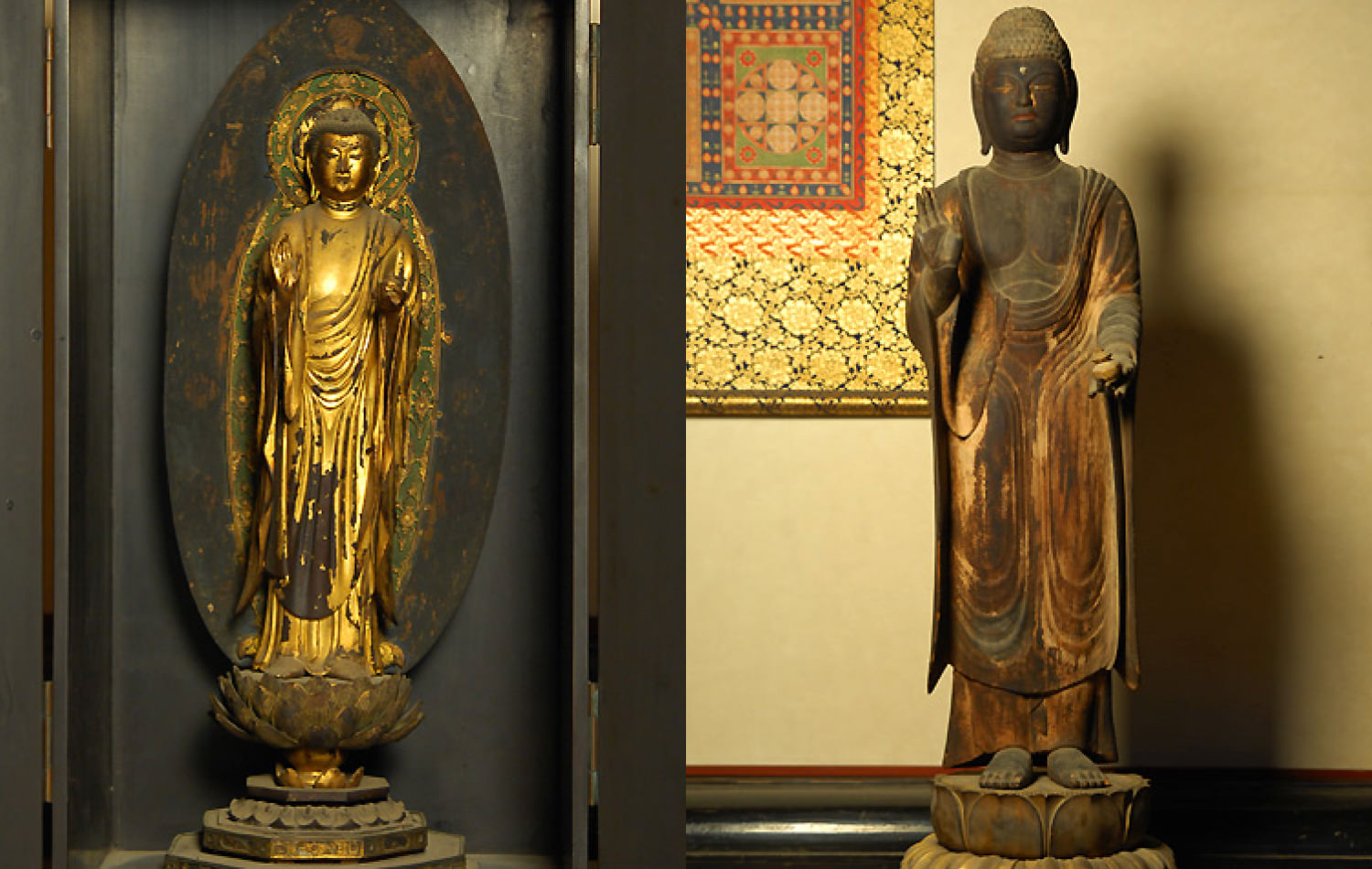
-
Yakushinyorai Nitai
One of the statues (left of photo) was created in the middle of the Fujiwara era, and with a height of 99.5cm, it was carved from one piece of cypress. It is regarded as one of the most well-carved and stunning statues within Kochi Prefecture and is believed to be used as the main Buddhist statue of the area. The other statue (right of photo) was created during the Kamakura era, and is made of multiple pieces of wood for a height of 35.5cm. Metal frame from that era was used for the base and the symbol of light at the back of the statue, and an inscription showing repairs made in 1606 in present.
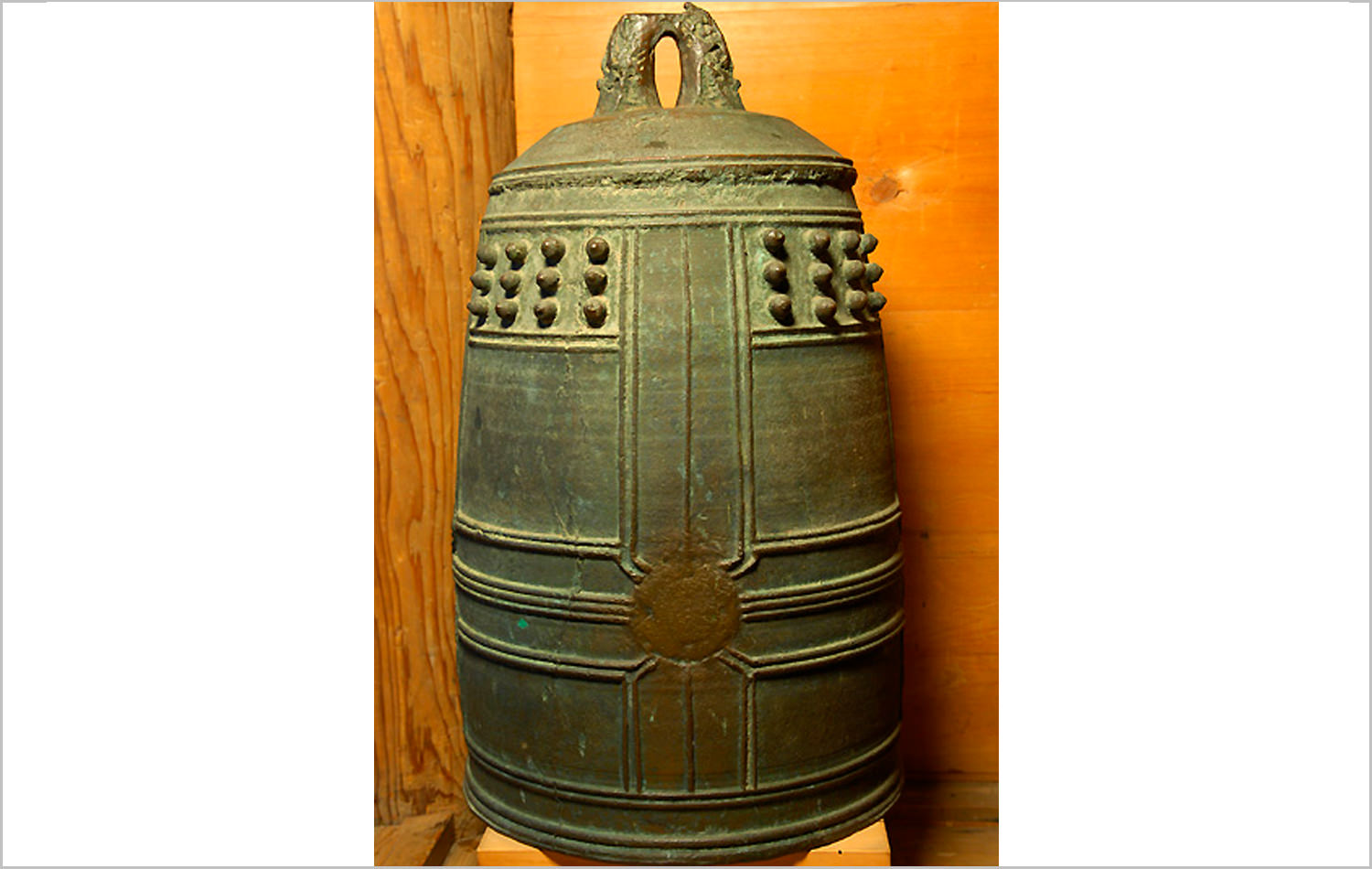
-
Bonshou
When bell was originally made, it had a diameter of 47cm and a height of 63.8cm, weighing 225kg in total. While there are no inscriptions to be found, it shows the characteristics of the early Heian era, which were determined from the different direction of the dragons at the top and bottom of the bell.
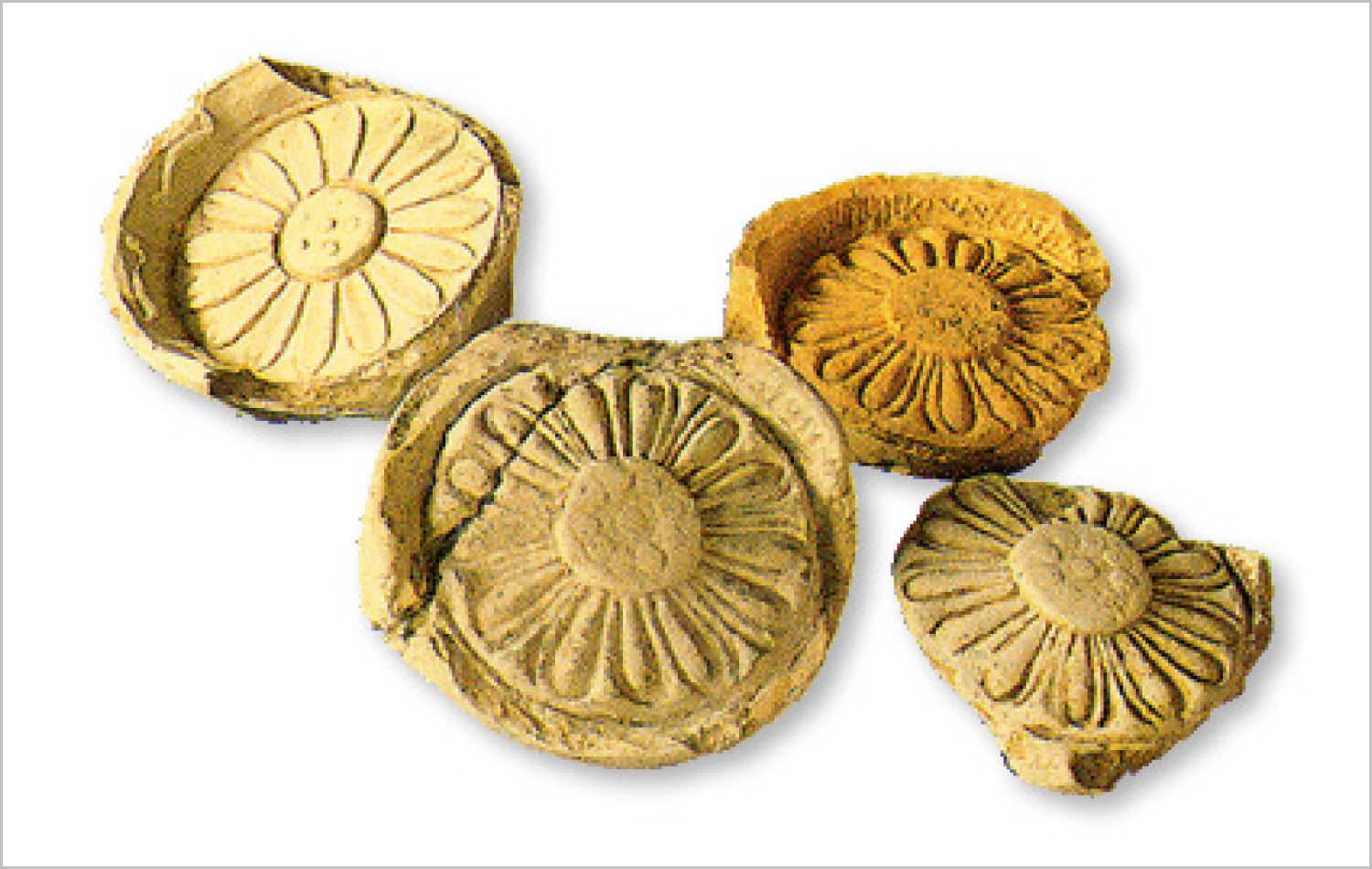
-
Old Tiles
These tiles were used for the buildings when they were first constructed and were unearthed during excavation surveys held in 1977. The tiles have a cloth pattern and the eaves are adorned by water lily decorations.
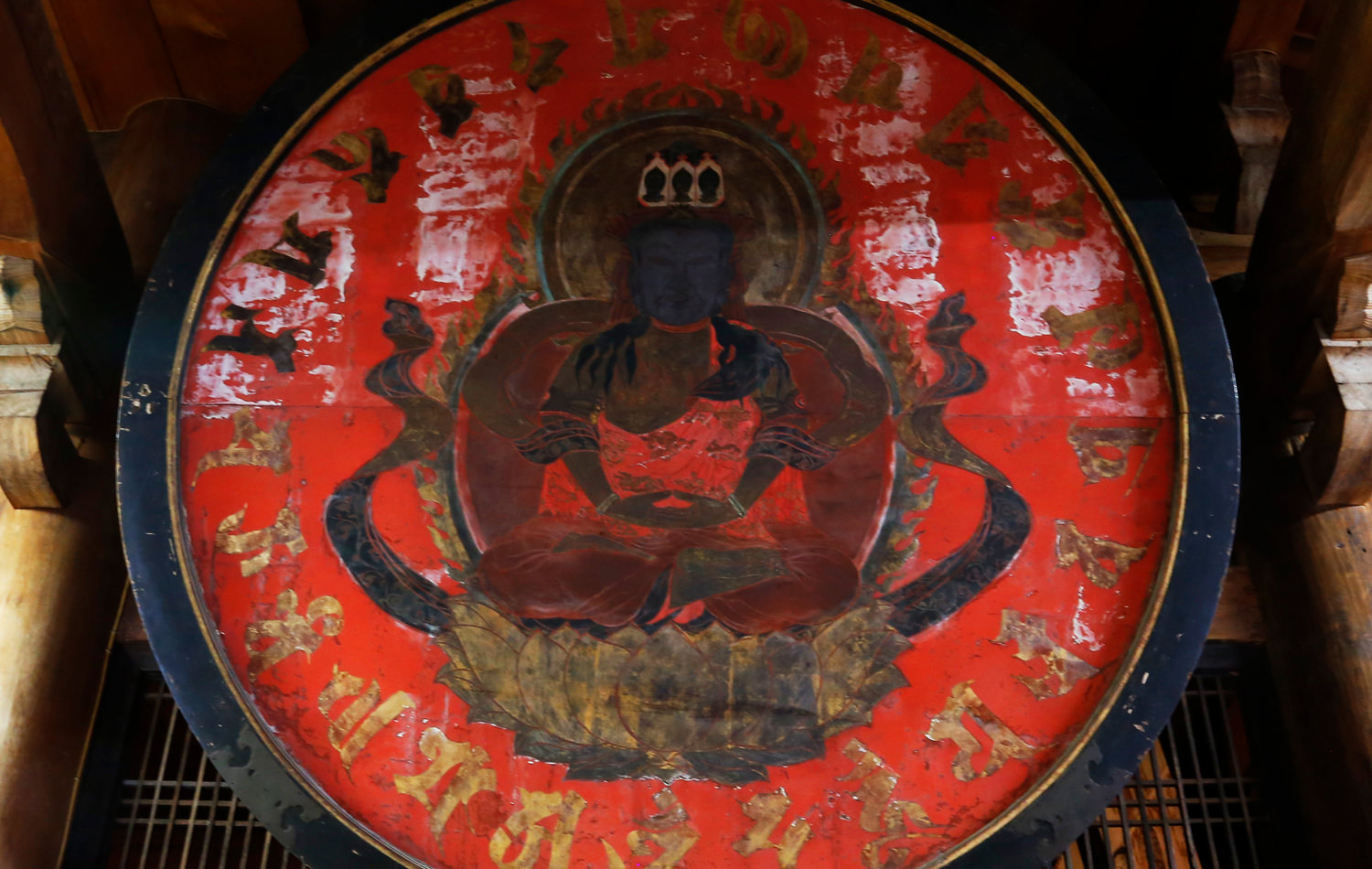
-
oumyo Shingon Canvas Paintings
This is a extraordinary painting of a Buddha that was painted in the Muromachi era, and features Koumyo Shingon sanskrit scipts around both sides of the Dainichinyorai picture.
